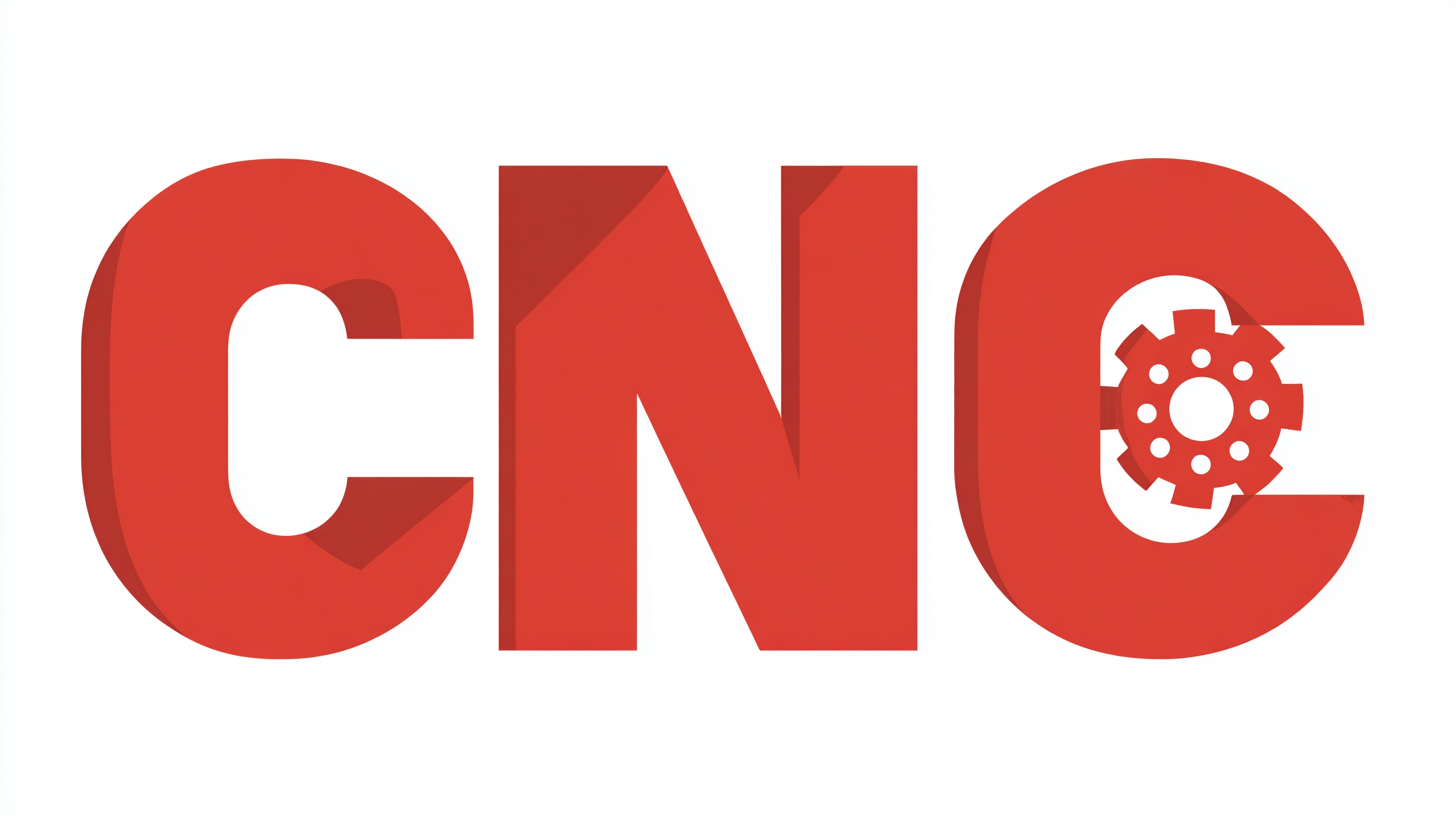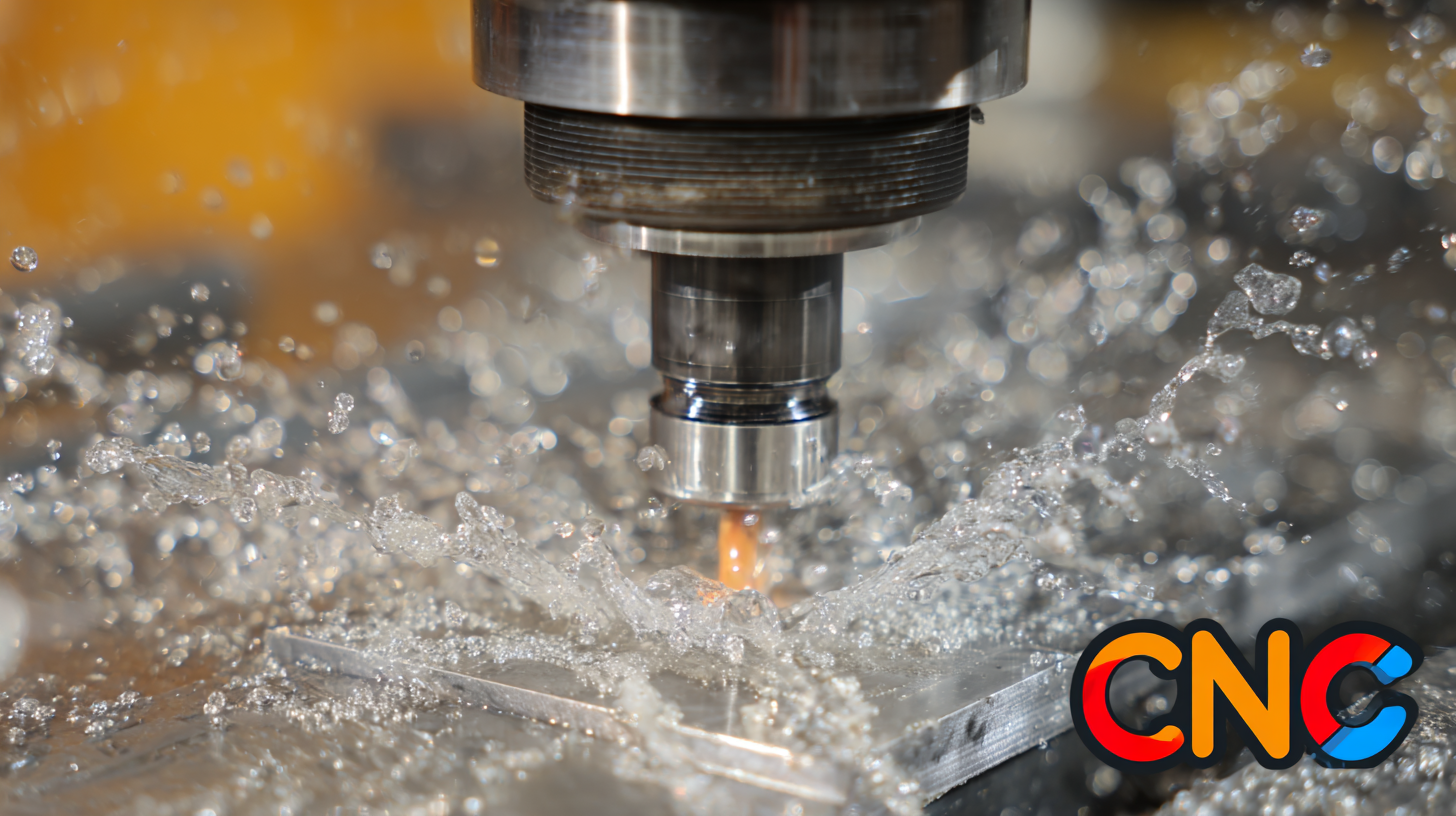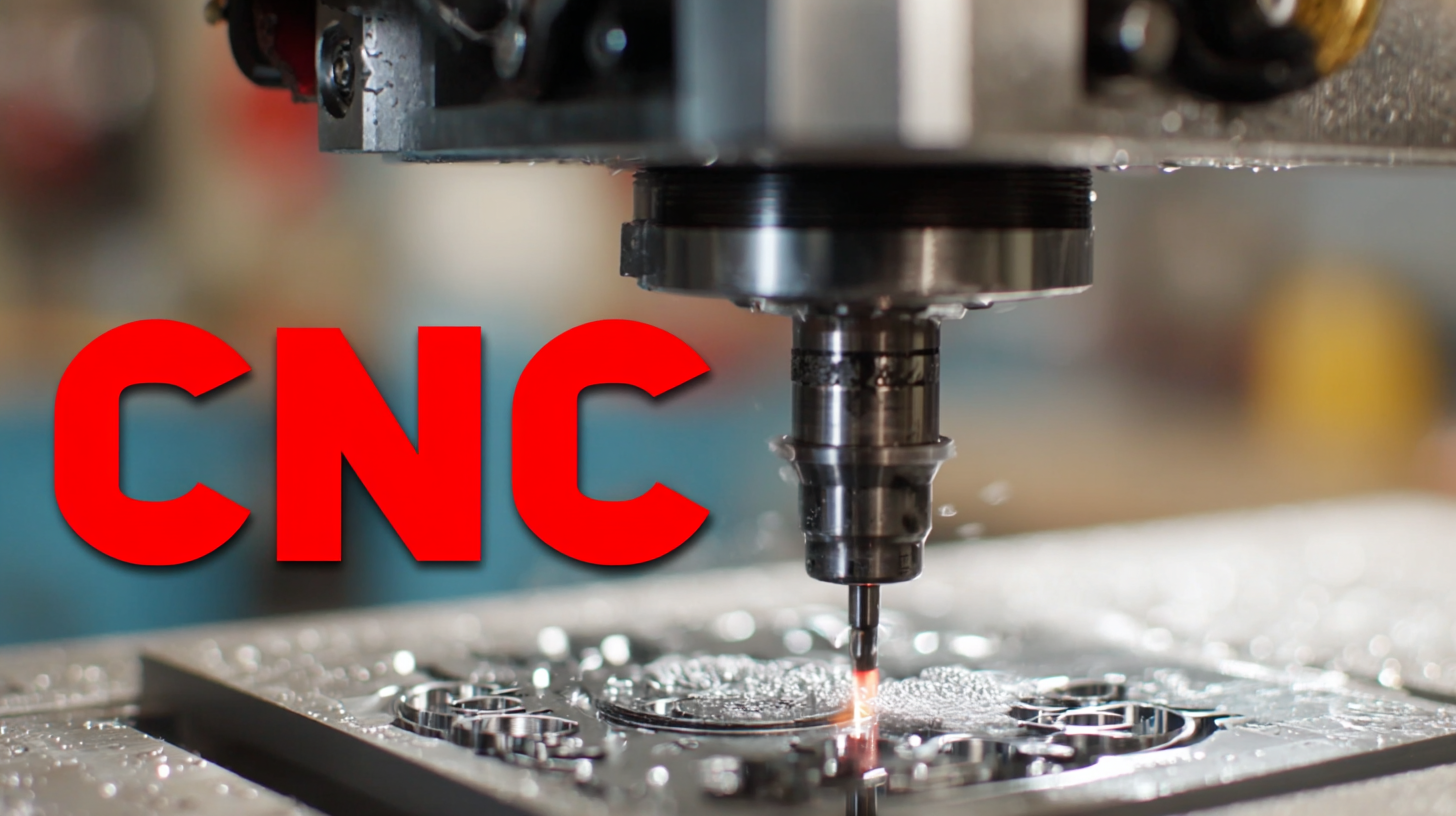Unlocking Creative Manufacturing with Best Desktop CNC Applications and How to Get Started
In the rapidly evolving landscape of manufacturing, desktop CNC (Computer Numerical Control) technology is making significant strides, democratizing production and unlocking new avenues for creativity in design and fabrication. According to a report by MarketsandMarkets, the global CNC machine market is projected to reach over $100 billion by 2026, with a notable surge in the adoption of desktop CNC applications across various industries. As more entrepreneurs and hobbyists embrace this innovative technology, they encounter unique challenges that can hinder their creative processes. This blog aims to explore the complexities associated with desktop CNC manufacturing, focusing on common issues faced by users and providing insights on how to effectively tackle these problems, ultimately enhancing the creative potential that desktop CNC offers.

Benefits of After-Sales Service in Desktop CNC Applications
In the realm of desktop CNC applications, after-sales service plays a crucial role in maximizing the efficiency and longevity of the machines. When users invest in a desktop CNC system, they not only seek cutting-edge technology but also the assurance that they can rely on support after the purchase. A robust after-sales service can mitigate downtime and technical glitches, allowing users to focus on their creative projects without the stress of unresolved issues.
Furthermore, manufacturers that prioritize after-sales support often offer comprehensive training and resources for their customers. This initiative empowers users to fully leverage the capabilities of their CNC machines, enhancing their creativity and productivity. Regular maintenance, access to spare parts, and prompt customer support ensure that users can navigate challenges with ease.
As desktop CNC technology continues to evolve, the importance of a solid after-sales framework is essential to fostering a community of passionate makers who can unlock the full potential of creative manufacturing.
Understanding Maintenance Costs for CNC Machines
When venturing into the world of CNC (Computer Numerical Control) machining, understanding the maintenance costs associated with these machines is crucial for both new and seasoned users. Regular maintenance is key to ensuring that your CNC machine operates efficiently, producing high-quality parts without unexpected downtime. Costs can vary considerably, influenced by the type of machine, the frequency of use, and the complexity of the projects. For instance, basic maintenance tasks may involve lubricating moving parts or checking alignment, which can be relatively low-cost but essential to prevent larger issues.
Additionally, it’s essential to factor in the expenses associated with part replacements and repairs. Wear and tear is inevitable, especially with machines used for intricate designs or heavy production loads. Building a budget for these maintenance costs not only prepares you for possible repairs but also prolongs the lifespan of your machinery. Investing in training for operators can further mitigate costs, as skilled users are less likely to make costly mistakes that can lead to damage. By comprehensively understanding these factors, manufacturers can better allocate resources while optimizing their CNC operations for creativity and efficiency.

Real-World Examples of Creative Manufacturing with CNC Technology
The rise of CNC technology is unlocking new avenues for creative manufacturing across various industries. From small workshops to large-scale production facilities, the application of desktop CNC machines is enabling innovators to transform their ideas into tangible products. For example, artists and designers are using CNC routers and mills to create intricate designs and prototypes that were previously unattainable with traditional methods. These tools not only enhance creativity but also streamline the prototyping process, significantly reducing time-to-market for new products.
Additionally, advancements in AI and digital twins are further revolutionizing the manufacturing landscape. Manufacturers can now leverage virtual representations to optimize their production processes, ensuring sustainability and efficiency. In this context, the recent emergence of startups focused on AI-driven CNC programming highlights a growing trend where artificial intelligence enhances the capabilities of traditional manufacturing. Such innovations not only improve the accuracy and speed of CNC operations but also allow creators to push the boundaries of what’s possible in their projects, exemplifying how state-of-the-art technology can fuel imaginative solutions in manufacturing.
Tips for Choosing the Right Desktop CNC Application for Your Projects
When embarking on creative manufacturing projects, selecting the right desktop CNC application is pivotal for success. With numerous options available, it's essential to consider not only the features of the software but also how it aligns with your specific project needs. For instance, applications that support a variety of materials can enhance versatility, enabling users to cut, score, or engrave wood, plastics, and metals efficiently. This adaptability is especially beneficial for hobbyists looking to expand their creative horizons or entrepreneurs seeking to launch small businesses.
Additionally, leveraging robust CAD and CAM software plays a crucial role in the CNC milling process. For beginners, starting with an intuitive platform that offers comprehensive guides and support can streamline the learning curve. As you explore the various desktop CNC applications, look for those that integrate seamlessly with design tools, allowing for a smooth workflow from concept to finished product. Attention to these details can significantly elevate the quality of your projects and empower you to unlock your creative potential in manufacturing.

Step-by-Step Guide to Getting Started with Desktop CNC Machining
When diving into the world of desktop CNC machining, starting with the right applications can make all the difference. The journey can begin with a plethora of tools, including 3D printers, woodshop equipment, and CNC machines. Each of these tools offers unique capabilities and opens up endless possibilities for creativity and craftsmanship. Whether you're looking to create intricate designs or simply experiment with new materials, unlocking creative manufacturing is about choosing the right tools for your adventure.
Setting up your workspace is just the first step. A crucial part of the process involves integrating the right software. One effective way to streamline your projects is by using a comprehensive design tool with a compatible post-processor. For instance, configuring your software to work with a Grbl post-processor ensures your designs translate accurately to your CNC machine. This step-by-step guide will take you through setting up Fusion 360, a powerful design application, to maximize your CNC machine’s potential. Embrace the ease of 3D design and manufacturing; it truly is more accessible than you might think!
Desktop CNC Machining Applications
This chart illustrates the popularity of various desktop CNC machining applications, highlighting woodworking as the leading application, followed by metalworking and others. This information is essential for understanding the market trends in CNC machining.
Siemensstraße 13-15
47608 Geldern
NRW Deutschland
Mail: [email protected]
Head office:
+49 (0) 2831 91021-20
Fax:
+49 (0) 2831 91021-99
SUPPORT and INFO
from 3 p.m. to 6 p.m:
+49 (0) 2831 91021-60
( please ring for a long time )
Monday to Friday
8.00 – 12.30
and 13.00 – 15.00
Visit / collection by appointment only!
➣ Sign up for our newsletter
Benefit from a 20% discount, don’t miss any events and always stay up to date.
To access the actual content, click on the button below. Please note that data will be passed on to third-party providers.
More information







